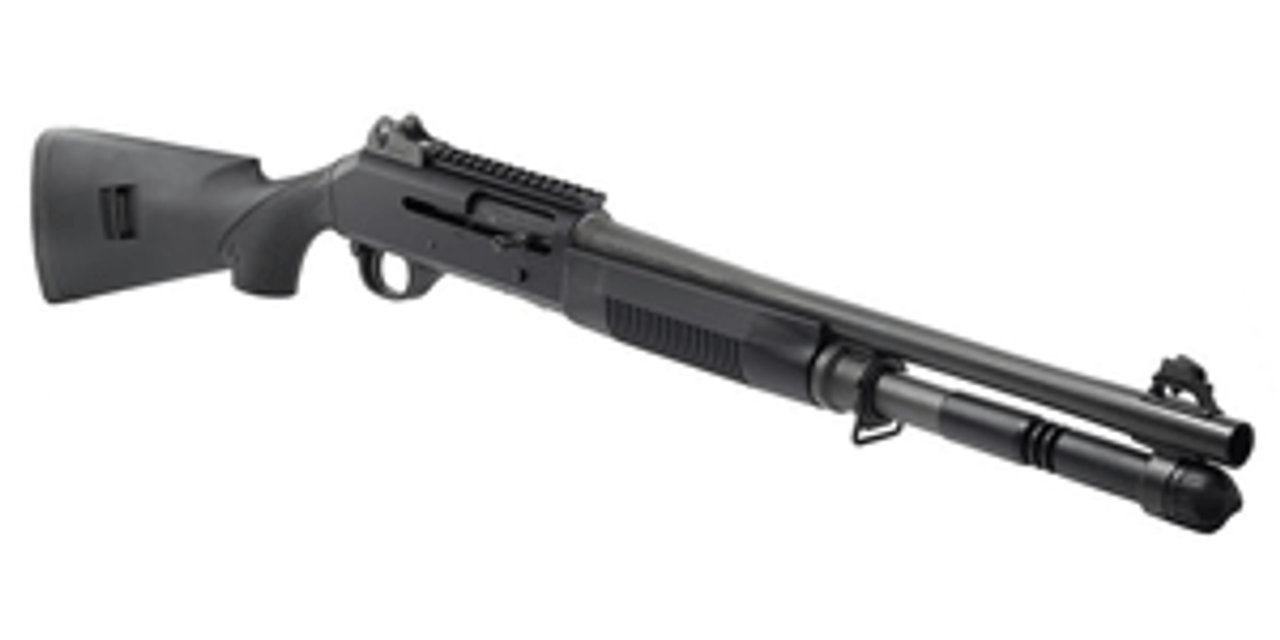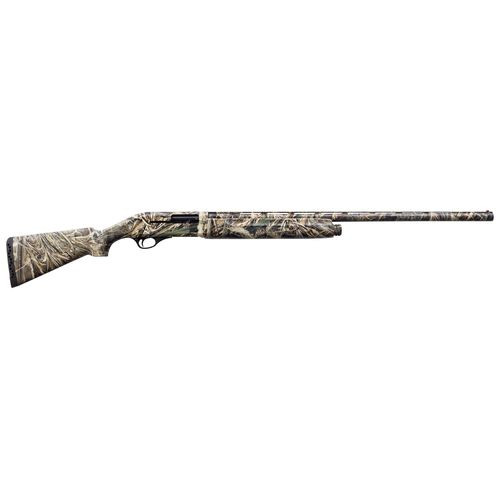
Shotguns
A Shopping Guide to Shotgun Types: Bullpup, Tactical, Hunting, and Self-Defense Shotguns
Shotguns are among the most versatile firearms in the world, offering a wide range of applications, from hunting to self-defense. These firearms have evolved over the years, leading to various shotgun types tailored to specific needs. In this comprehensive guide, we will explore four prominent shotgun categories: Bullpup shotguns, Tactical shotguns, Hunting shotguns, and Self-defense shotguns. Each type serves distinct purposes and possesses unique features that make them suitable for specific scenarios.
Bullpup Shotguns
Bullpup shotguns represent a modern innovation in firearm design, characterized by their unique configuration, where the action and magazine are located behind the trigger. This design offers several advantages:
1. Compactness: Bullpup shotguns are significantly shorter than traditional shotguns, making them highly maneuverable in tight spaces. This attribute is particularly valuable in home defense situations or urban environments.
2. Balance: The bullpup design often results in better weight distribution, which enhances stability and reduces recoil, improving accuracy.
3. Accessibility: The shotgun's controls, such as the safety and magazine release, are conveniently located near the shooter's hand, allowing for quick and efficient operation.
4. Versatility: Bullpup shotguns can be chambered in various shotgun gauges, including 12, 20, or .410, making them adaptable for different purposes.
One popular example of a bullpup shotgun is the Kel-Tec KSG. This 12-gauge shotgun boasts a dual magazine tube design, providing the shooter with the option to switch between different types of ammunition rapidly.
Tactical Shotguns
Tactical shotguns are designed for law enforcement, military, and civilian applications that require a versatile, reliable, and potent firearm. These shotguns are often used in close-quarters combat scenarios and are known for their adaptability. Key features of tactical shotguns include:
1. Extended Magazine Capacity: Tactical shotguns typically have extended magazines, often holding more than five rounds, to ensure a higher rate of fire without the need for frequent reloading.
2. Accessory Rails: Tactical shotguns come equipped with accessory rails, allowing for the attachment of various accessories such as optics, flashlights, and laser sights.
3. Choke Tubes: Some tactical shotguns are fitted with removable choke tubes, enabling the shooter to tailor the spread pattern of the shot for different scenarios.
4. Pistol Grips: Many tactical shotguns feature pistol grips, enhancing control and maneuverability in close-quarters engagements.
The Mossberg 500 series and Remington 870 are iconic examples of tactical shotguns, renowned for their durability and reliability.
Hunting Shotguns
Hunting shotguns are designed with specific features to optimize their effectiveness in the field. The primary goal of a hunting shotgun is to deliver a clean and ethical shot to harvest game while minimizing damage to meat and trophies. Key attributes of hunting shotguns include:
1. Barrel Length and Chokes: Hunting shotguns typically have longer barrels to improve accuracy and range. They may also come with interchangeable chokes to adjust the shot pattern for various game types and distances.
2. Wood Stocks: Many hunting shotguns feature traditional wood stocks, which contribute to their classic appearance and can be customized for a personalized fit.
3. Camouflage Patterns: Some hunting shotguns come with camo finishes to help hunters blend into their surroundings, increasing their chances of success.
4. Reduced Recoil: Recoil-reducing technologies, such as recoil pads and gas-operated actions, are often integrated into hunting shotguns to enhance comfort during long hunts.
The Remington 1100 and Benelli Super Black Eagle II are examples of hunting shotguns widely appreciated by hunters for their performance in the field.
Self-Defense Shotguns
Self-defense shotguns are specifically designed to protect individuals and property from threats in high-stress situations. These shotguns are chosen for their ability to deliver significant stopping power, and they often possess the following characteristics:
1. Short Barrel Length: Self-defense shotguns often have shorter barrels, typically between 18 and 20 inches, to enhance maneuverability in confined spaces.
2. Pump-Action or Semi-Automatic: Pump-action shotguns are popular for self-defense due to their reliability and ease of use. Semi-automatic shotguns offer faster follow-up shots but may require more maintenance.
3. Buckshot Ammunition: Self-defense shotguns are typically loaded with buckshot, which consists of multiple lead pellets, increasing the chances of incapacitating an intruder while minimizing over-penetration risks.
4. Ghost Ring Sights or Red Dot Optics: To improve accuracy, many self-defense shotguns are equipped with ghost ring sights or red dot optics, allowing for quick target acquisition.
The Mossberg 590A1 and the Remington 870 Express Tactical are well-regarded choices for self-defense shotguns.
Shotguns have been a staple in firearms history for centuries, and their enduring popularity can be attributed to their adaptability and effectiveness across various applications. The bullpup, tactical, hunting, and self-defense shotgun types each cater to distinct needs, offering features and designs tailored to their intended purpose.
As responsible gun owners and enthusiasts, it is essential to understand the specific requirements of your chosen shotgun type and the corresponding safety and legal considerations. Whether you are hunting game, defending your home, or engaging in competitive shooting sports, selecting the right shotgun from DEGuns will significantly impact your success and enjoyment in your chosen pursuit.












